
Eichler Will Star at Statewide Conference
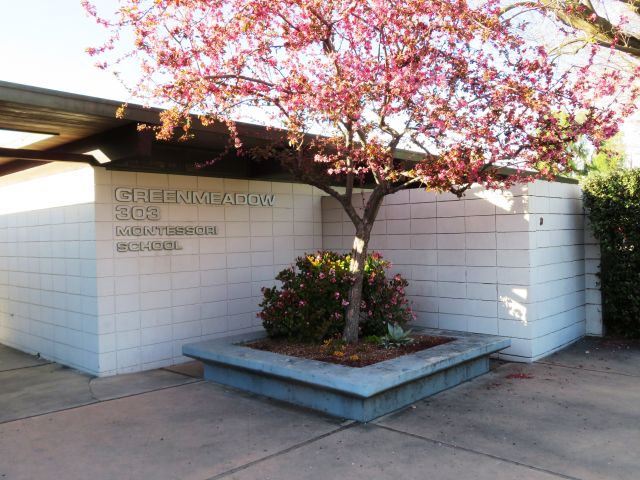 |
|
|
A gathering of architects, planners, historians, and advocates for preserving worthy places for the benefit of all will learn about the legacy of Joe Eichler at a conference in late May in – where else? – Palo Alto, the epicenter of all things Eichler.
Eichler, whose Eichler Homes was based in the Peninsula city, built more homes here than in any other city – “well over 2,000,” according to recently written proposed design guidelines for their preservation.
It is a timely event, as the city is preparing to adopt these guidelines to ensure preservation of the tracts. That may be done as soon as April 2. The Palo Alto City Council will discuss the proposal, and may adopt or modify the guidelines at that time.
The conference is put on annually at a different city in the state by the nonprofit California Preservation Foundation.
Of the numerous events at the four day conference, May 17-20, two will focus on Eichler: A “mobile workshop,” a walking tour that might involve a bus, of the Greenmeadow tract; and a film screening of ‘People in Glass Houses,’ followed by a panel talk.
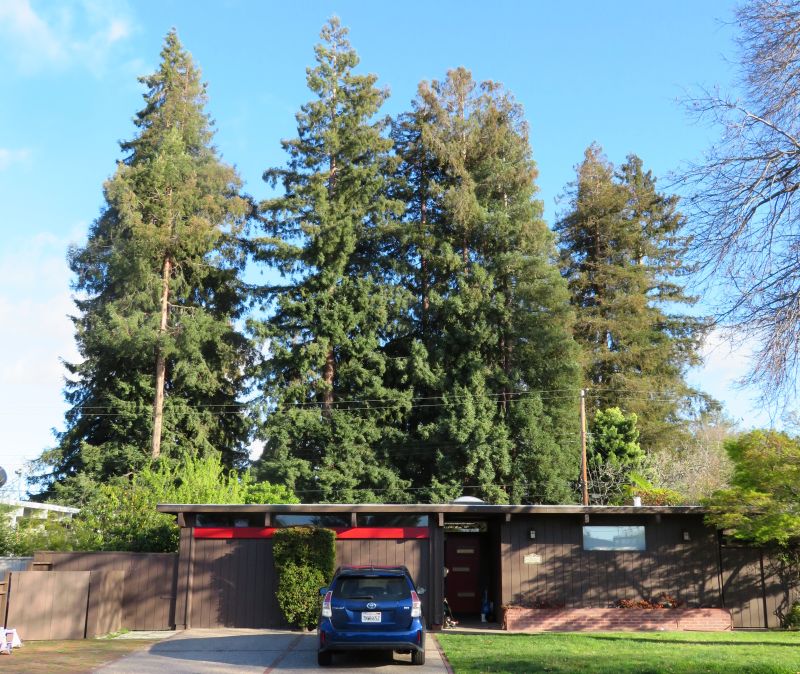 |
|
|
The conference attracts a primarily professional crowd, but is seasoned with preservation and architectural enthusiasts. The conference, subtitled this year ‘Deep Roots in Dynamic Times,’ is open to all.
Paul Adamson, an architect and author of the book ‘Eichler: Modernism Rebuilds the American Dream,’ who will take part in the tour, says the fact that professionals in the preservation committee are focusing on these homes is meaningful.
“The intention is to raise awareness of the Eichlers, and to further reinforce their value,” Adamson says, noting that their value is already understood by people who live in them.
At the conference, he says, “It is useful to know” that the homes and neighborhoods will be appraised “by conservative people with academic credentials.”
“Many people who come to the conference are from different parts of the state, so there will be people there who are not familiar with Eichlers.”
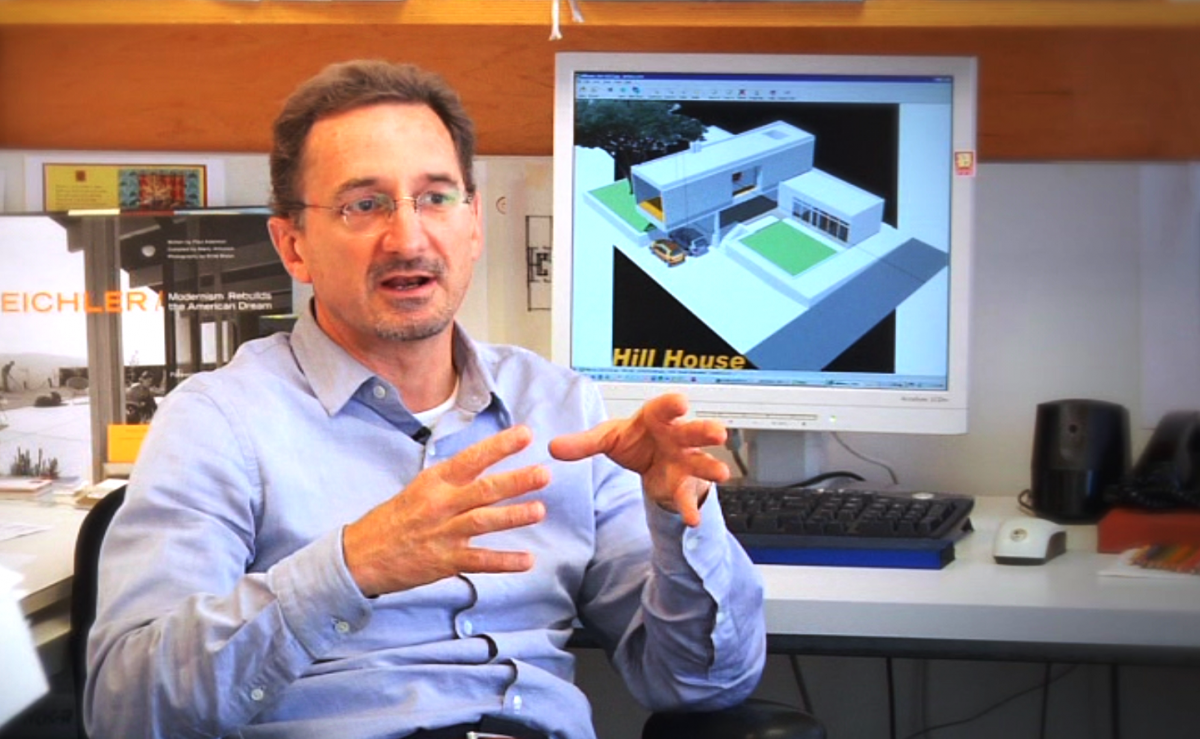 |
|
|
Christina Dikas, an architectural historian with Page & Turnbull, which has drafted the design guidelines, is organizing the tour, which is called ‘Tract Homes with a Tailored Look: Preserving the Character of Palo Alto’s Eichler Neighborhoods.’
The tour happens Friday, May 18, 2-5 p.m.
“The objectives,” she says, “are to learn about the history of Joseph Eichler and Eichler Homes' residential development in the San Francisco Bay Area, and Palo Alto in particular, preservation issues for mass-produced mid-century modern architecture, municipal planning and community design tools for Eichler neighborhood character preservation.”
Also leading the tour will be Palo Alto’s chief planning official, Amy French. French has convened many neighborhood meetings over the past year as the guidelines have been developed.
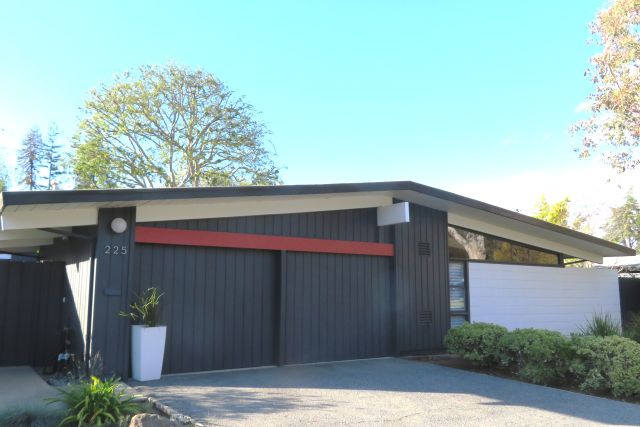 |
|
|
Details of the tour are being worked out, but it will involve looking at homes from the outside, and a panel discussion, perhaps at the community center. Greenmeadow is one of Eichler’s best preserved and most historic neighborhoods, with a spot on the National Register of Historic Places.
Strong community control through architectural guidelines has kept the community largely intact.
“My role will be to comment on the legacy and the architecture,” says Adamson, whose 2002 book on Eichler remains in print after 16 – a rare lifespan for an architectural book.
“[Mid-century modern architects] were influenced by the prior generation, back in the 1920s in Europe, what was really a socialist notion that the building industry could be put to use to improve the lives of not just the few, but of the many,” Paul says, adding, “The Eichlers are one of the purest outcomes of that, in the longer term view.”
‘People in Glass Houses’ is a popular documentary about Eichler and his homes by one of his biggest fans, Monique Lombardelli, who has built her realty practice around selling Eichler homes – and even building new ones by marketing authentic Eichler house plans.
The movie and panel talk will be Saturday, May 19, 3:45 to 5:15 p.m.
Among other programs at the conference is a study tour of the NASA Ames Research Center at Moffett Field; a daylong “behind the scenes visit” to the grand, 1915 Fiololi estate; a reception for bigwigs and donors at a Frank Lloyd Wright house; a program on “documenting Hispanic Heritage from the Valley of Heart’s Delight to Silicon Valley’; a sesssion on neon; and a discussion of the planning for BART, including a few words from the author of this blog.
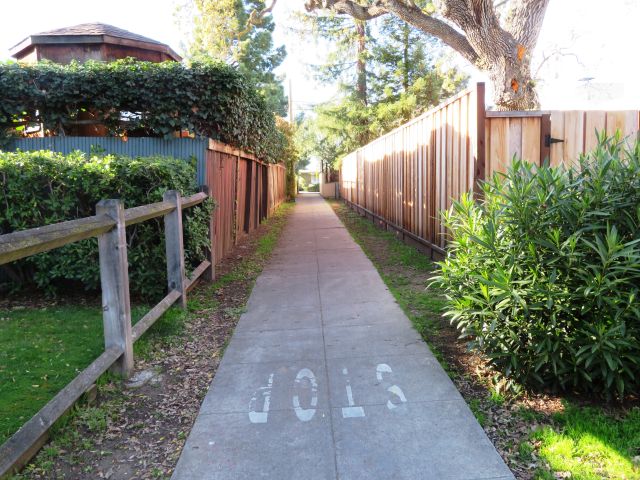 |
|
|
For “people who are interested in Eichlers and mid-century modern residences in general,” Dikas recommends a panel on ‘The Frank Lloyd Wright Legacy: A Preservationist’s Toolbox for Preserving Architecture from the Taliesin School,’ described as an “intensive, three-hour exploration of Frank Lloyd Wright’s protégés,” including two architects who did work for Eichler, Aaron Green and Dan Liebermann.
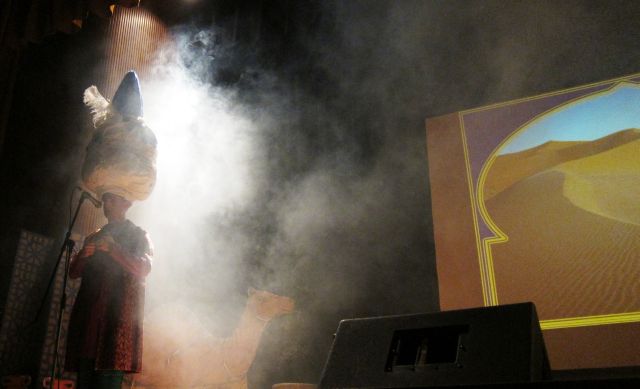 |
|
|
“Despite California’s rich collection of architecture by FLW apprentices and protégés, such structures are often most at risk. The revolutionary, whimsical designs of these master architects are neither old enough to pass the ‘50-year’ threshold, nor monumental [or imposing] enough to be assumed sacrosanct,” the description says.
Homes by Eichler, who was also a bit of a Wright protégé, also face preservation challenges of course – but they receive much love as well.
Asked why Eichler homes continue to appeal, 50 years after many were built, Paul Adamson says:
“Number one is the appeal of their modern aesthetic. Number two is, in their class of building, that is to say suburban homes of the postwar period, they are so rare in their design quality. There are not many homes like them. And the homes being built today are not like them, and many are multifamily. [The Eichler homes] value just continues to rise because of their rarity.”
- ‹ previous
- 201 of 677
- next ›



